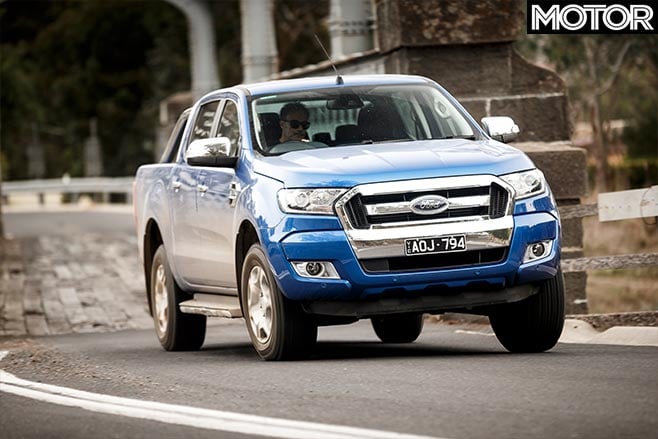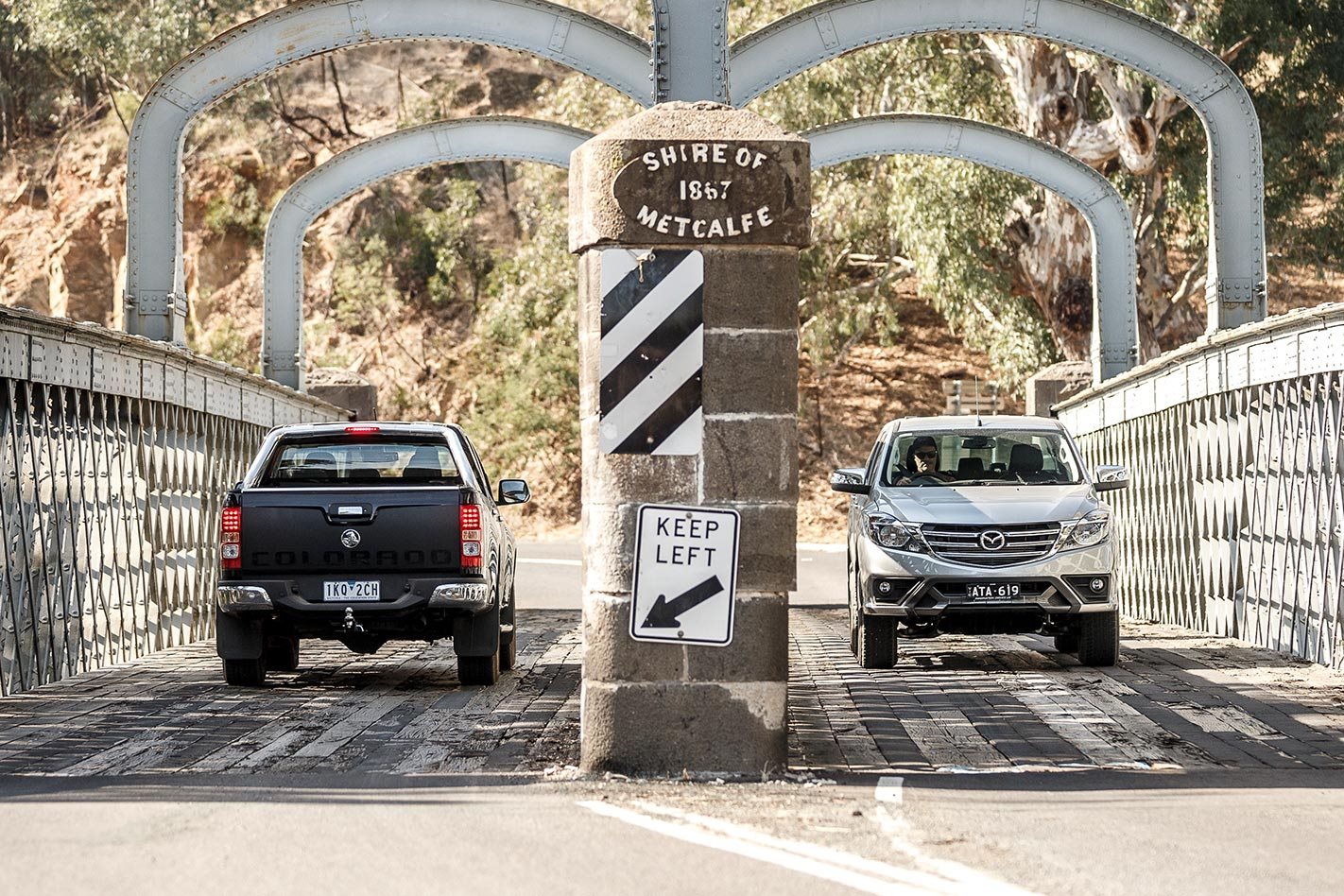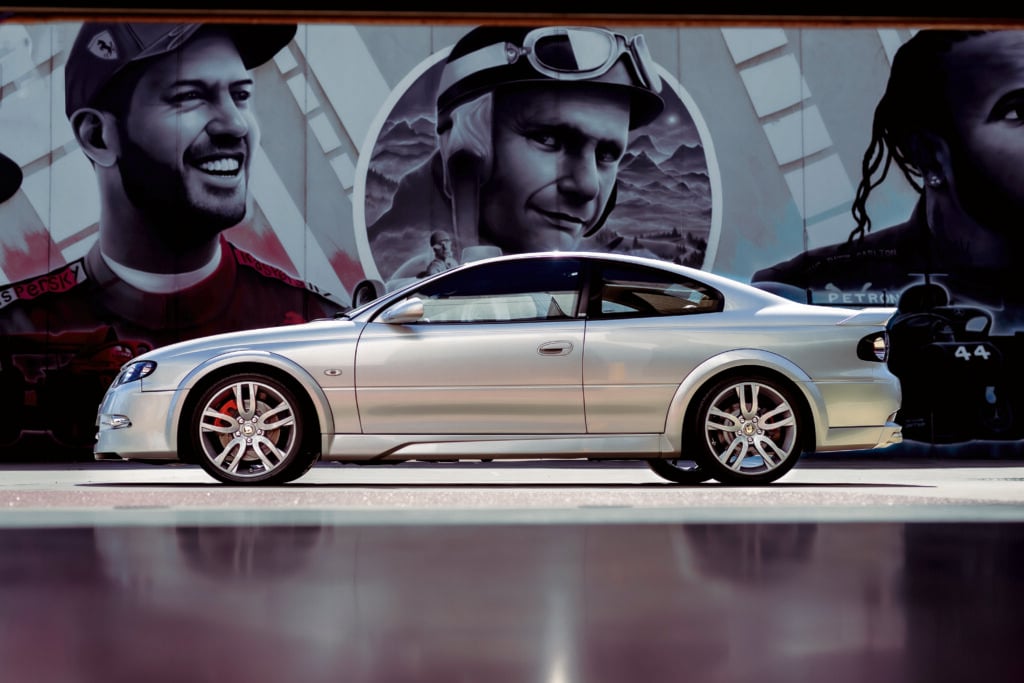Right about now, the Victorian cops, government and insurance companies are going ga-ga over the State road toll. Mainly the fact that it’s up 26.3 per cent compared with the same 11 months of 2018.
Read part two of Morley’s opinion piece here
But let’s forget percentages, let’s put it in terms that we can all understand. While 198 men, women and children didn’t make it home for the first 11 months of 2018, for the same period this year, 250 brothers, sisters, mothers and fathers suffered the same fate. And while 198 fatalities are 198 tragedies, 250 is, of course, worse.
The rozzers are pretty fond of hitting the TV news and telling us that its all our fault. We need to slow down and stop driving while we’re pissed or off our scones on meth. Apparently. The pollies generally chime in by announcing that they’re spending another few hundred grand of taxpayers’ money on extra speed cameras and the insurance companies (disguised – poorly – as road safety bodies: You listening TAC?) start making changes to the infrastructure by adding a whole new layer of stupid like the current idiotic fascination with wire-rope barriers. Man oh man; groundhog day. Again.
And yet, we’re still dying in ever-bigger numbers.
It occurs to me, however, that nobody has actually sat down and had a good, long, hard look at what’s really happening. Beyond working out how to turn a tragic turn of events into a budget surplus, that is. I mean, what’s changed in recent years that could be having such an effect on the death toll?
Have speed limits been raised? Nope. Have roads deteriorated? No again. In fact, the recent removal of dozens of level crossings should have had a positive effect on the toll. But it hasn’t. Have drivers become less ept? Well, they’re still largely talentless, but no more than in previous years.
So, for me, that narrows it down to cars that are less life-saving. Now this is counter-intuitive, because cars have never been safer, right? Well, maybe passenger cars, but passenger cars are rapidly losing their dominance in terms of sheer numbers on the road.

What’s replacing them? Dual-cab utes, Your Worship. In 2018, for instance, the best-selling vehicle in the country was the Toyota HiLux with 51,705 sales. The Ford Ranger was next with 42,144 units sold while the first non-ute was the Toyota Corolla with 35,230 sales putting it last on the podium. Throw in the Mitsubishi Triton with 24,896 units, the Isuzu D-Max with 18,550, the Holden Colorado with 18,301 and the Nissan Navara with 16,459 and you had yourself an extra 172,000 or so utes on the road, and that’s not counting the other makes and models like Ssangyong, Great Wall, and others.
Now, not every one of those new utes replaced a conventional car, but some of them definitely did. And that means the proportion of utes to cars is increasing every year. More utes equals less cars; simples.
So how is that skewing the road toll? Well, it’s pretty obvious aint it? Utes – actually, let’s call them light-trucks, for that, thanks to their ladder-chassis construction and compromise tyres, is precisely what they are – just don’t have the dynamics of a conventional car. Modern utes might have the five-star crash rating we’ve all come to expect (well, some of them do) but that’s only part of the picture.

The rest of the safety deal revolves avoiding a crash in the first place. Utes have been late to the autonomous braking (and other safety tech) party and, thanks to their high centre of gravity, slow steering, huge kerb mass, crude pogo-stick suspension and limited tyre grip, they’re just more likely to pile into a bad situation in the first place. Drive one and you’ll soon see what I mean.
And when they hit other, smaller, lighter vehicles, shunts only really come in one size. I’m not saying you shouldn’t buy a dual-cab ute (Lord knows there aint much choice) but don’t tell me that you can take people out of cars, put them in trucks and not expect a change in crash stats.
You need proof that it’s happening? RIP old mate Commodore.
Ed’s note: After the response from you, our readers, to Morley’s column, we asked if he’d like to respond. He did, and the below was published on 18 December 2019.
Okay, let’s just all calm down a little and relax. The original yarn was an opinion piece. Okay? My opinion.
I copped a bashing over the fact that I had no stats to back up the possibility that the recent influx of dual-cab utes into the Aussie car-park was skewing crash stats. Thing is, the figures necessary to confirm or deny this hypothesis don’t appear to exist. I tried the TAC, I tried the State Transport Department.
Eventually I was even contacted by the CEO at ANCAP (who’d read my original column and wanted a chat). But nothing. I can find out what time of day the accident happened, whether it was a rural or urban setting, the conditions, the age and sex of the driver, and probably what colour socks they were wearing at the time. But the type of vehicle involved? Nope.
So I come back to my original thought-bubble: If we have fundamentally altered the national car-park, then surely, we must also have fundamentally changed the average crash signature and the basic dynamics of that car-park.
Look, it’s not even a long-shot when you think about it. And if we can all agree that a modern car with ABS, EBD, ESP, AEB, sticky tyres, accurate steering and four-wheel-disc brakes is, fundamentally, better placed to avoid a crunch than an old dunger with drum brakes and five turns lock-to-lock, then I fail to see what’s so controversial about all this.
Some of you have beaten me up on the fact that there’s simply more vehicles on the road, so there will be more crashes. Okay, but if a lot of those extra cars are dual-cabs utes, aren’t we actually agreeing with each other? Others have suggested it’s all the fault of tourists, driving up the wrong side of the road and gawking at the scenery. I’m not even going to dignify that with a response.
I’m not anti-dual-cab utes. I’m not trying to be controversial. I’m just saying that the type of vehicle we’re driving has changed and that may, in turn, have altered crash stats. I could also be wrong. It’s happened before. But if there is something to this, then we need to act and either change the infrastructure or better educate folks on how to use these vehicles more safely.





